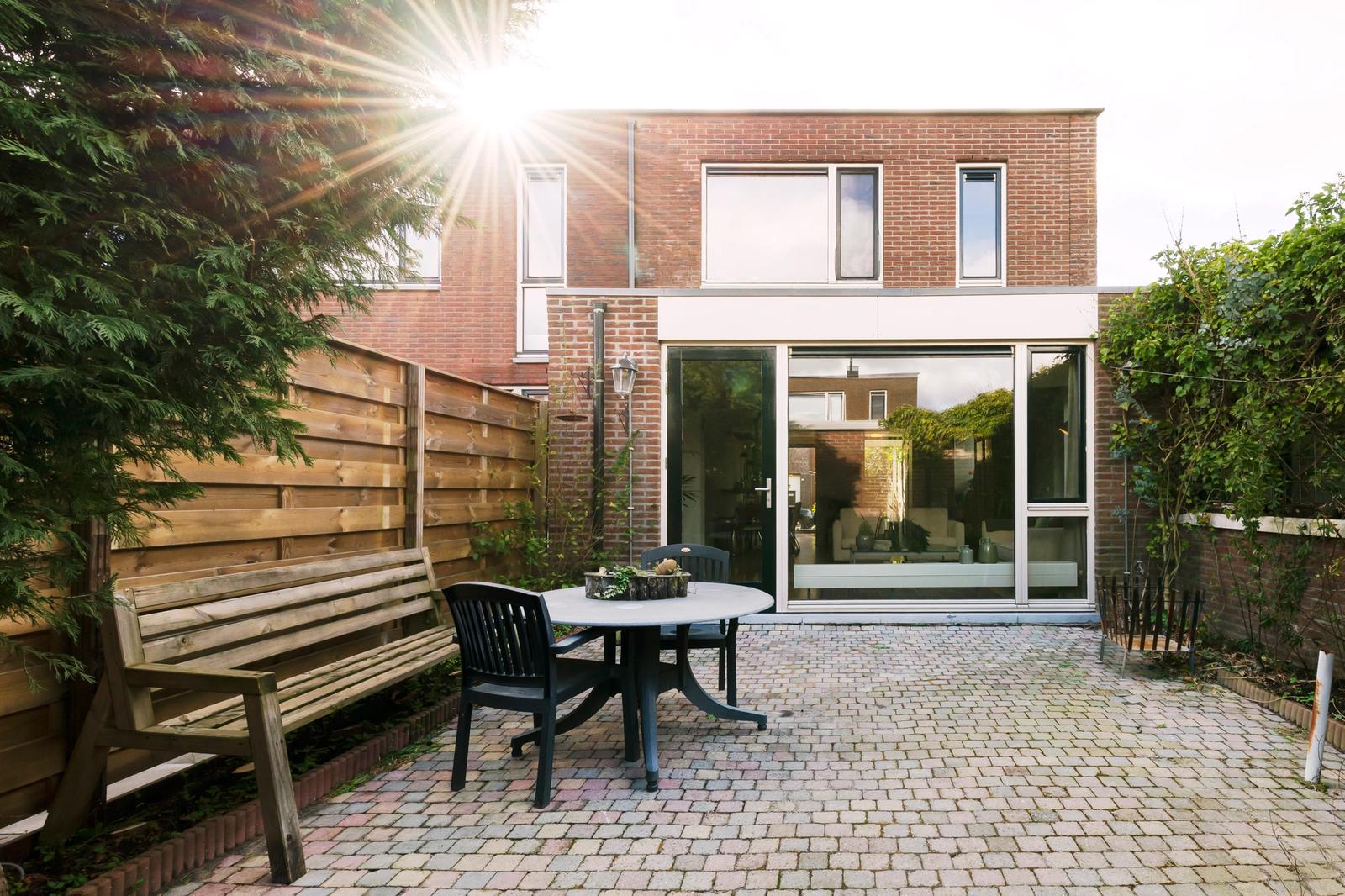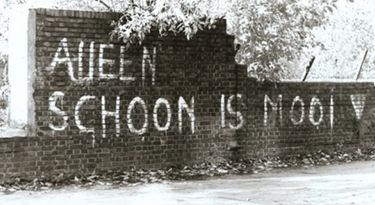Verhuur
Rent a house in 2023: box 3, what does it mean for the private owner
Amber Matton • 22 february 2023

“The position of private landlords on the Dutch housing market is the subject of fierce discussion. At one end of the spectrum, there is criticism of 'slum lords' and 'pawn princes' who rent out large numbers of homes and crowd out other buyers as investors. On the other hand, there are many self-employed people with a pension shortfall for whom an investment in one or two homes that they can rent out can be an alternative form of pension.
Politically, the image of the large-earning slumlords dominates, which must be put to a limit. As a result, the rental of homes will be taxed much more heavily in the wealth tax in box 3 from 2023.
The Tax Plan for 2023 has been adopted, which has significant consequences for the return that private individuals can achieve by renting out homes.
Renting out a house in 2023: Box 3, what does that mean for private landlords?
We assume that the private investor fully finances a house for rental. This concerns a house that had a WOZ value of 255,000 euros in 2021. How will the difference in the tax burden work out if you look at the wealth tax in box 3 in 2021 and in 2023?
A number of differences play a role here:
The vacant value ratio: rented houses usually have a somewhat lower resale value on the market. To take this into account, the so-called 'empty value ratio' is used. This is the percentage of the WOZ value of the home that is included as capital for tax purposes. Before taxation in box 3, the empty value ratio in 2021 was only 67% of the WOZ value of a rented home. But in 2023 this will be increased to 95 percent.
The return attributed to the home: in 2021, the tax authorities used a notional return on a rented home of 4.5 percent, in 2023 that will be 6.17 percent.
The capital gains tax: in 2021 a tax rate of 31 percent applied to the assumed return, in 2023 this will be 32 percent.
What also counts is the calculation of the actual income from the rental property. Vastgoed Belang calculates with a so-called net operating result of 8,778 euros on an annual basis. This consists of the assumed rental income of 12,600 euros per year minus the costs of the rental home, including maintenance costs, insurance and municipal taxes.
Based on the above data, you can make a comparison for the difference in yield of a rental property in 2021 and 2023 as a result of the higher tax burden.
The change in the vacant value ratio in 2023 means from a tax point of view that a larger part of the WOZ value is included as equity (95 percent of 255,000 euros instead of 67 percent). higher tax rate.
On balance, this means that, with the same operating income in 2023, you will pay almost 2,400 euros more in tax than in 2021. The net return will therefore fall from a rounded 6,400 euros to 4,000 euros.”
Share article
Getting curious?
Feel free to contact Amber Matton
Have a cookie
Matton Residence uses Google Analytics to help us understand how you use the site and ways that we can improve your experience.


